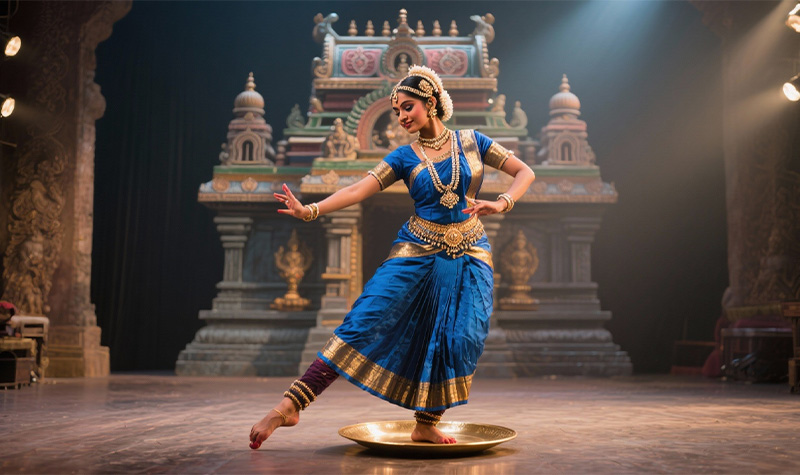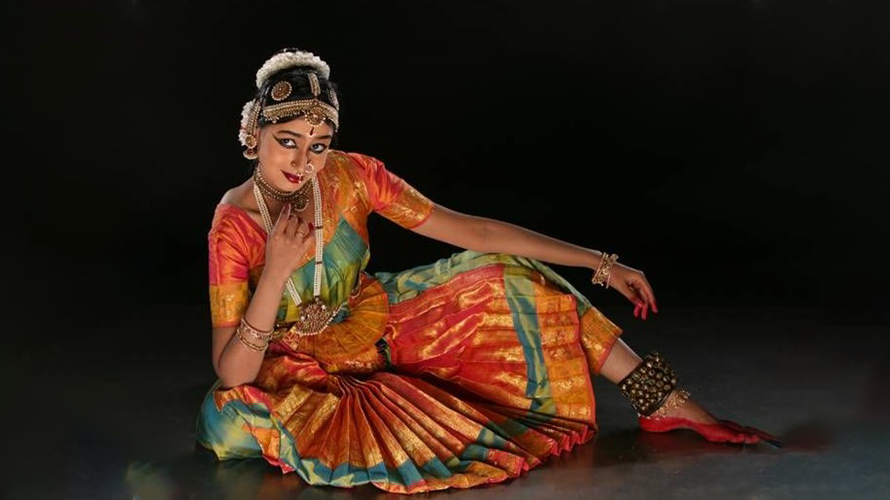Performing Kuchipudi on stage is exhilarating, combining energy, elegance, and storytelling. Whether you are a beginner or an experienced dancer, consistent practice is key to mastering graceful movements, expressive abhinaya, and seamless narration. This guide covers everything from effective rehearsals and costume selection to performance tips and stage preparation ensuring you shine confidently and leave a lasting impression on the audience.
Understand Your Performance Requirements
Before taking the stage, it’s important to fully understand your performance requirements. Be aware of the duration, style of composition, and the type of audience you’ll be performing for. Study the storyline, lyrics, and abhinaya (expressions) carefully. Having a clear grasp at this stage helps make your rehearsals more focused and ensures your performance resonates effectively with the audience.
Rehearsal Strategies for Stage Performance
Rehearsed movements are also included in becoming familiar with your Kuchipudi stage performance. Create a practice routine with equal weighting of rehearsal steps, synchronizing the music, and learning expressions. Practicing daily with less gaps is more helpful for beginners compared to practicing longer. Experienced artists will improve with rehearsing more complex patterns and synchronizing their timing.
Mastering Expressions and Stage Presence

Abhinaya constitutes the very core of Kuchipudi. Your movements, hand gestures, and facial expressions convey the tale to your listeners. Rehearsal in front of a mirror or taping them can help polish expressions and improve stage presence. Positivity and poise are as important as technique, and practice perfecting them ensures the audience is spellbound during your performance.
Costume, Makeup, and Jewelry Preparation
A good readiness in costume and stage makeup is vital in a Kuchipudi Stage Performance. Choose costumes that allow easy movement with beauty. Stage makeup should emphasize facial features so that facial expressions are visible from afar. Your accessory should be in harmony with your costume without leading to unease in performing complex movements.
Warm-Up and Physical Preparation
Pre-warm-ups and pre-show warm-ups reduce injuries and enhance flexibility before each performance and rehearsal. Deep breathing exercises, joint circles, and light stretches enhance endurance and help you dance nicely. Physical conditioning also helps in prolonged series of jumps, turns, and complex footwork.
Overcoming Stage Performance Anxiety
Stage fright is no exception for professional dancers. Visualization, breathing, and affirmations are methods used to manage fear while and prior to performing. Mental preparation exercise keeps you calm, centered, and fully focused on your dance.
FAQ's
What are the essential steps to prepare for a Kuchipudi stage performance?
All the preparation for a Kuchipudi stage show is proper practice of dance movements and facial expressions, proper choice of costume and ornaments, and perfect application of make-up paying special attention to eye make-up. Don’t forget to wear ghungroo just before going on stage and to take a touch-up kit along. Hair dressing and alta application are the finishing touches to the preparation.
What rituals or traditions should be followed before a Kuchipudi performance?
Before a performance of Kuchipudi, there are pre-performance ceremonies such as invocation or prayer to deities like Lord Ganesha for auspicious start, and reverence for the sanctity of the ghungroo (ankle bells) by not wearing shoes while they are on. There are also others who have personal pre-performance ceremonies like meditation or doing the invocation in advance in order to prepare to concentrate the mind and body.
How important is facial expression (abhinaya) in Kuchipudi and how can I practice it?
Facial expressions (abhinaya) are highly significant in Kuchipudi as a way of conveying feeling and storyline. By practicing in front of the mirror mastering various expressions, learn sign language through traditional Sanskrit texts, and use instructor suggestions to enhance clarity and intensity.
Are there tips for managing stage fear during a Kuchipudi performance?
To avoid stage fright in Kuchipudi performance, emphasize slow breathing and visualization while approaching the stage. Repeated practice enhances confidence, and the ability to engage with the audience by facial expression and eye contact removes nervousness. And also, bear in mind that stage fright is universal and will reduce with repeated practice over time.


